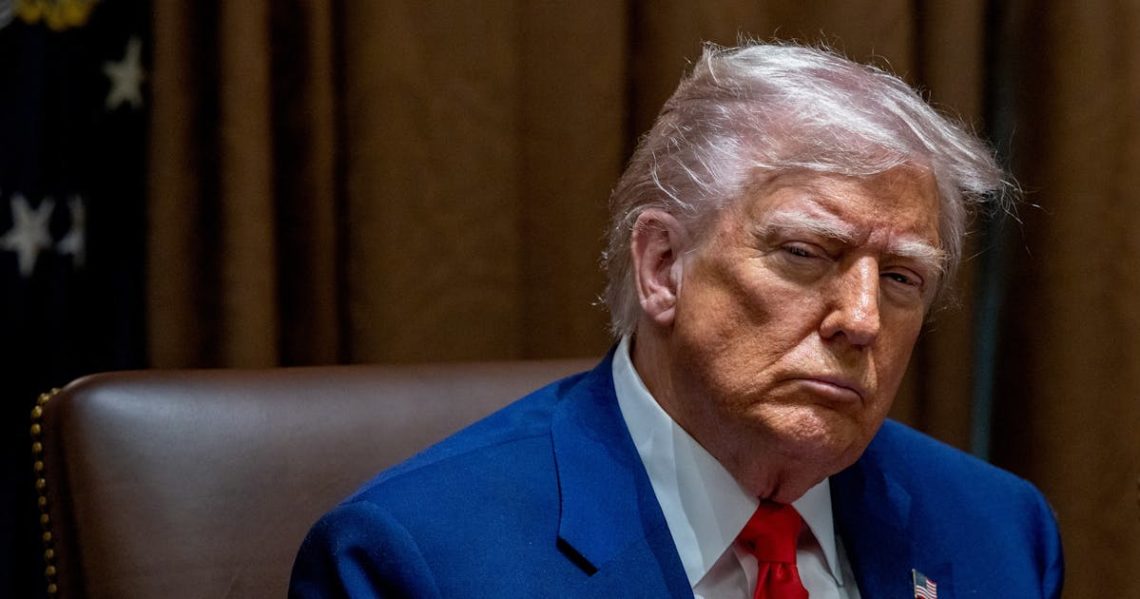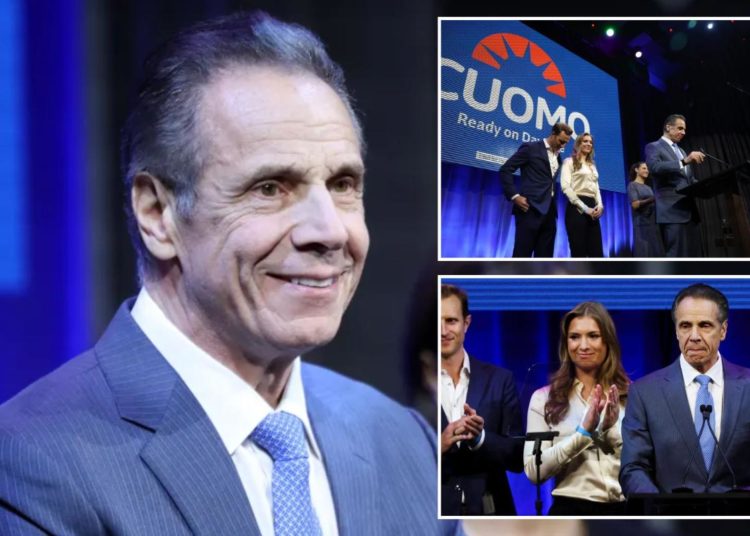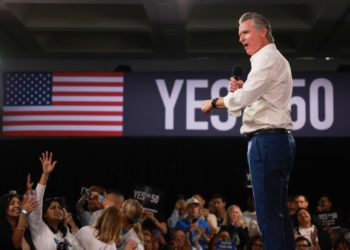Seven years ago, Donald Trump for no good reason blew up the successful agreement the United States and its allies had negotiated with Iran. Now, he is trying to fix it. Shockingly enough, and even if not for the right reasons, it just might work.
In 2018, during his first presidency, Trump pulled out of the deal that had shrunken Iran’s nuclear program down to a token capability, wrapped it in a permanent inspection and monitoring regime, and successfully blocked all of Iran’s paths to a bomb. The agreement, known as the Joint Comprehensive Plan of Action, or JCPOA, was so strong that even if Iran had pulled out of the agreement, it would have taken more than a year for the Iranians to produce enough material for one bomb. In that year, we would have seen them doing it, allowing time for economic, political, and military responses.
In his efforts to erase anything that Barack Obama had achieved, Trump tore up the accord. He promised that a new campaign of threats and “maximum pressure” sanctions would bring Iran to its knees, yielding a “bigger, better deal.” It didn’t happen.
Instead, under Trump and President Joe Biden, Iran slowly rebuilt its sprawling nuclear complex, producing so much low- and medium-enriched uranium that today, it could likely convert that stockpile into enough highly enriched uranium for six or seven bombs in just a few weeks.
Worse, what remains of the deal is set to expire on October 18. The UN Security Council will either have to let it lapse, freeing Iran from all international sanctions and mandated inspections, or impose new crippling sanctions, triggering a new crisis that could cause Iran to leave the nuclear Non-Proliferation Treaty and start openly constructing nuclear weapons.
Hence, the urgency. On Saturday, April 12, Trump’s Envoy for Everything, Steve Witkoff, flew to Oman to meet with Iran Foreign Minister Abbas Araghchi to restart negotiations over Iran’s program.
According to all reports, the talks went well, with the two representatives talking directly at the end of more than two and half hours of indirect exchanges. They agreed to meet again next Saturday, April 19, to begin negotiations in earnest.
Most analysis of the talks has focused on the tensions between two camps in the Trump administration. The first is represented by Iran hawks, including National Security Advisor Michael Waltz, who on Face the Nation April 6 set the goal: “Full dismantlement. Iran has to give up its program in a way that the entire world can see.” This has long been the fantasy of the right wing in the United States and Israel. But there is no way that Supreme Leader Ayatollah Ali Khamenei will agree to this humiliation.
Would the United States then attack Iran? There is no easy military solution. The conservative Washington Institute for Near East Policy warns in a new report that such an attack “is unlikely to be a solitary event, but rather the opening round of a long campaign.” The United States has been bombing the Houthis in tiny Yemen for over ten years with, at best, mixed results. A war with Iran would be far more difficult, likely crippling world oil shipments through the Persian Gulf.
Vice President JD Vance is perhaps the leader of a less bellicose faction wary of new military commitments. “I think we are making a mistake,” he cautioned in the Signal chat group coordinating the recent bombings in Yemen. He and others, likely newly confirmed Department of Defense Undersecretary for Policy Elbridge Colby, are likely leery of a new war.
This faction may include Trump himself. When an Israeli reporter asked Trump, during his press event with beleaguered Israeli Prime Minister Benjamin Netanyahu, whether Trump was “ready to take military action to destroy the Iranian nuclear program and remove this threat?” Trump hedged. “I think if the talks aren’t successful with Iran, I think Iran is going to be in great danger,” he replied. “And I hate to say it. Great danger because they can’t have a nuclear weapon.”
Looking at all of this, Trump has three choices, says J Street Vice President Ilan Goldenberg, who dealt with Iran as a senior official in the Biden administration: strike a deal; go to war with Iran; or try to muddle through. “Right now, I would put muddling through at 40 percent, with each of the other two scenarios at 30 percent,” he says.
The key to understanding Trump’s foreign policy decisions, however, is to go beyond the traditional geopolitical analysis and ask two simple questions. One, what does Vladimir Putin want? And two, what’s in it for Trump?
Before arriving in Oman, Witkoff stopped in St. Petersburg for discussions with the Russian president. Though the talks focused on Ukraine, it is very likely that the two also discussed Iran. Last month, Putin even agreed to Trump’s request to mediate U.S.-Iran talks.
A new agreement is clearly in Putin’s interests. It would bring Iran out from under sanctions that have crippled its economy, lead to normalization of relations with Iran’s neighbors (and possibly the United States), and strengthen Russia’s influence in Iran and the broader Middle East. Every step Trump has taken over the past months has benefited Putin and weakened the United States, warns David Rothkopf, the host of Deep State Radio. Trump “has switched sides,” he says. Why should a deal with Iran be any different?
A new Trump deal would definitely not be what Iran hawks want. For example, Netanyahu argues that the only acceptable outcome is “a Libya-style agreement … go in, blow up the facilities, dismantle all the equipment, under American supervision with American execution.”
But as Trump’s answer to the Israeli report reveals, Trump has shifted the goal toward the results of the original Iran deal that he blew up. “You know, it’s not a complicated formula,” he added. “Iran cannot have a nuclear weapon. That’s all there is.” So he’s focusing on setting limits to the program that draws the line at construction of a weapon rather than pursuing the likely impossible goal of full destruction of all facilities. There was no mention of additional concessions on ballistic missiles, or Iran’s support for militant allies.
That could be an Iran Deal-Lite. One that builds on the detailed agreements hammered out in the original negotiations. It would be fairly simple for Iran to take a series of steps—most importantly, down-blending all the uranium that they have enriched beyond the low levels need for fuel—that could push the so-called “breakout point” when they would be able to make the material for a bomb in a year or so.
Iran seems to be preparing for just such a deal. Over the past year, they have almost tripled their stockpile of 60 percent enriched uranium (weapons-grade is considered 90 percent). It is as if they are creating a bargaining chip they are ready to trade.
Iran recently added a sweetener. President Masoud Pezeshkian said “American investors: Come and invest.” He said that Khamenei “has no opposition to investment by American investors in Iran.” This is something Khamenei did not permit even after the 2015 agreement with Obama. Trump, being who he is, no doubt interpreted this sentence as an invitation to graft. An inside track to the lucrative Iranian market could be enormously profitable to Trump, his family, and friends.
Finally, Trump really wants a deal. He talks about it repeatedly. Though he brags about winning, he has few achievements in his first 100 days, beyond the efficient destruction of popular federal programs and departments. He needs a real win.
While Trump’s incompetence and ignorance may doom the talks, all the arrows are pointing toward Trump at least partially repairing the damage he did seven years go by abrogating a successful deal with Iran.
It might be the only positive thing he does in his presidency. Even if for all the wrong reasons.
The post Weirdly Enough, Donald Trump May Actually Want a Deal with Iran appeared first on New Republic.




